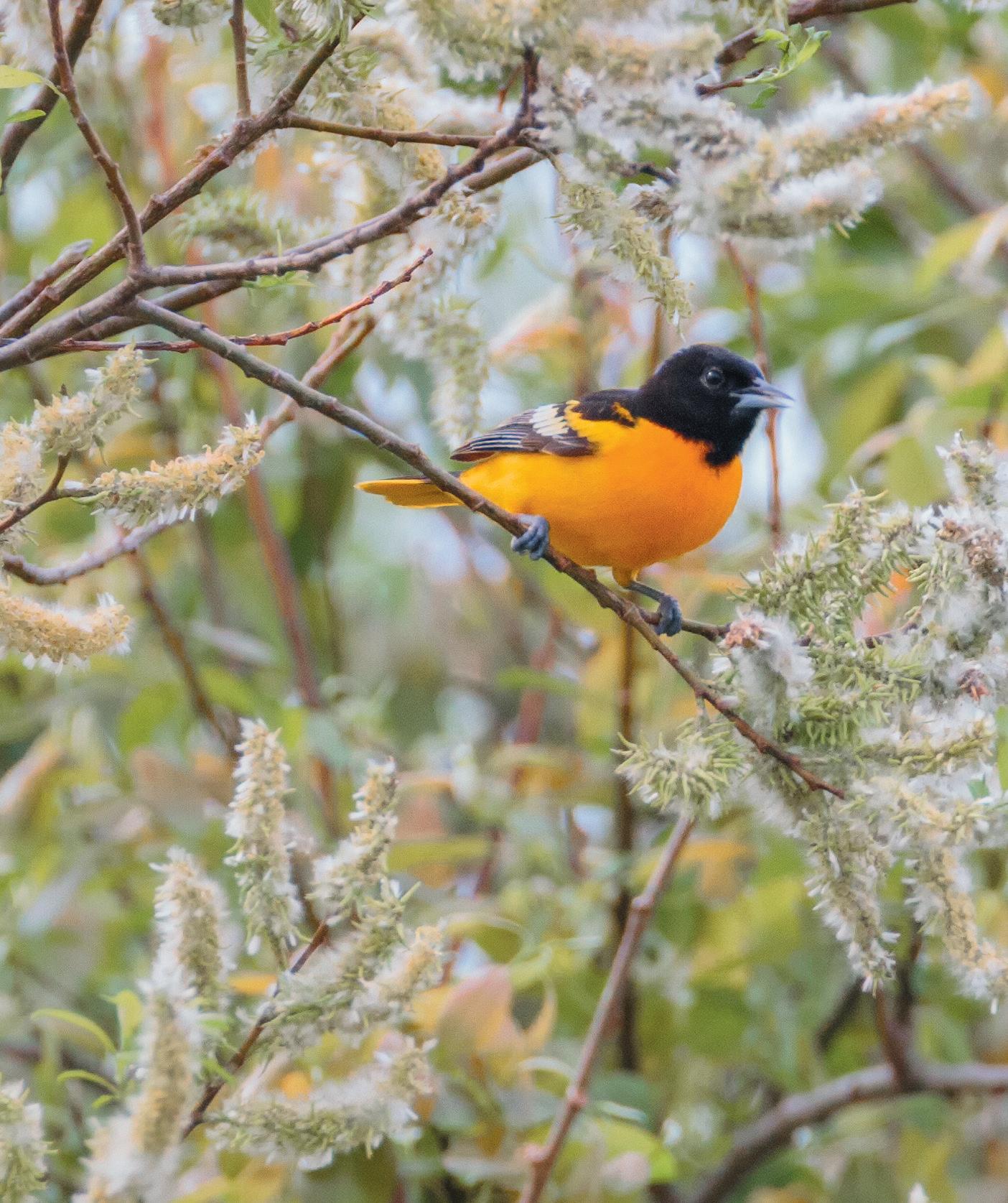

A LIFELINE FOR MIGRATORY BIRDS

“Without trees, these birds simply can’t survive the journey.”
– Rae Mooney
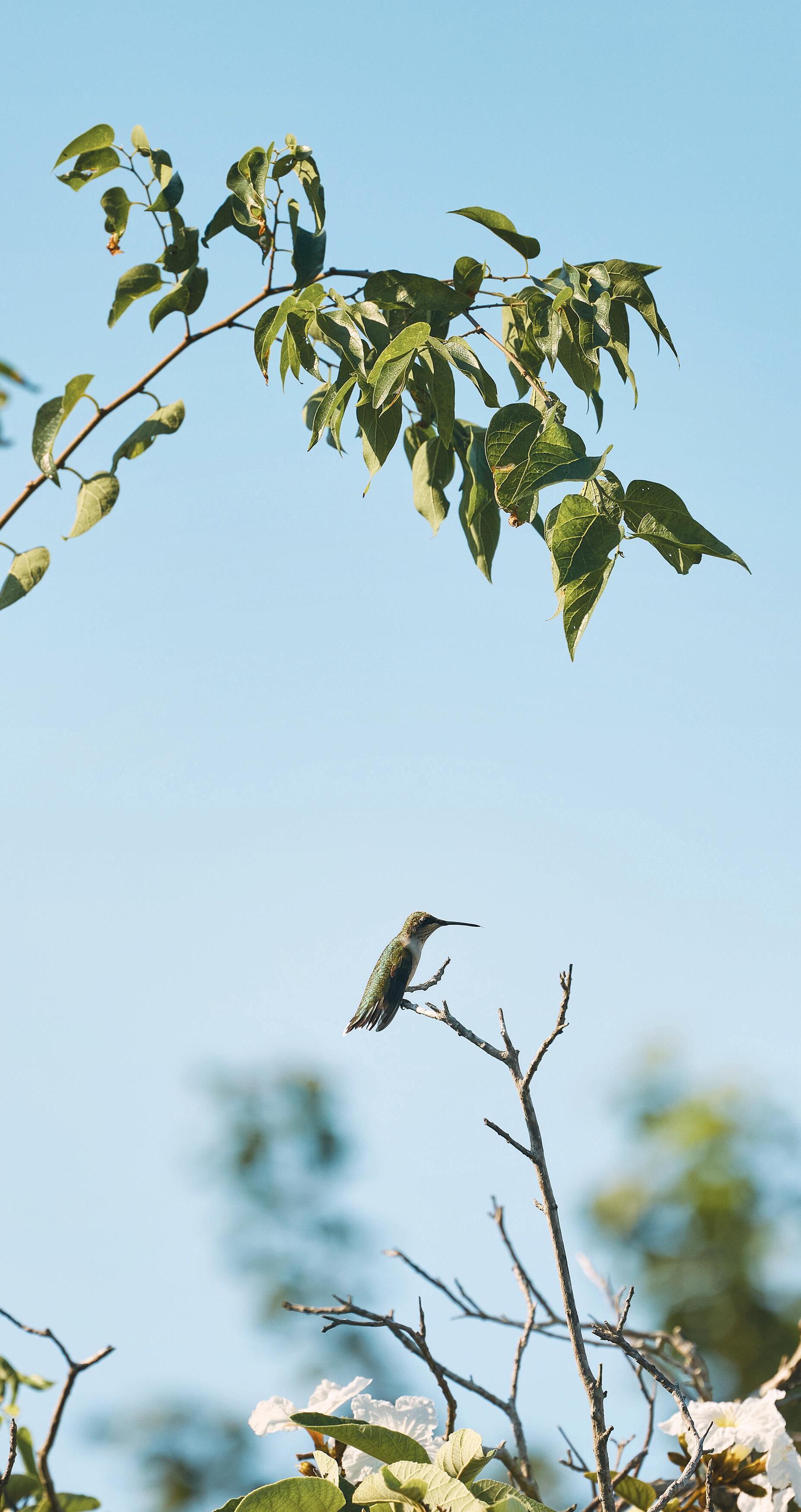
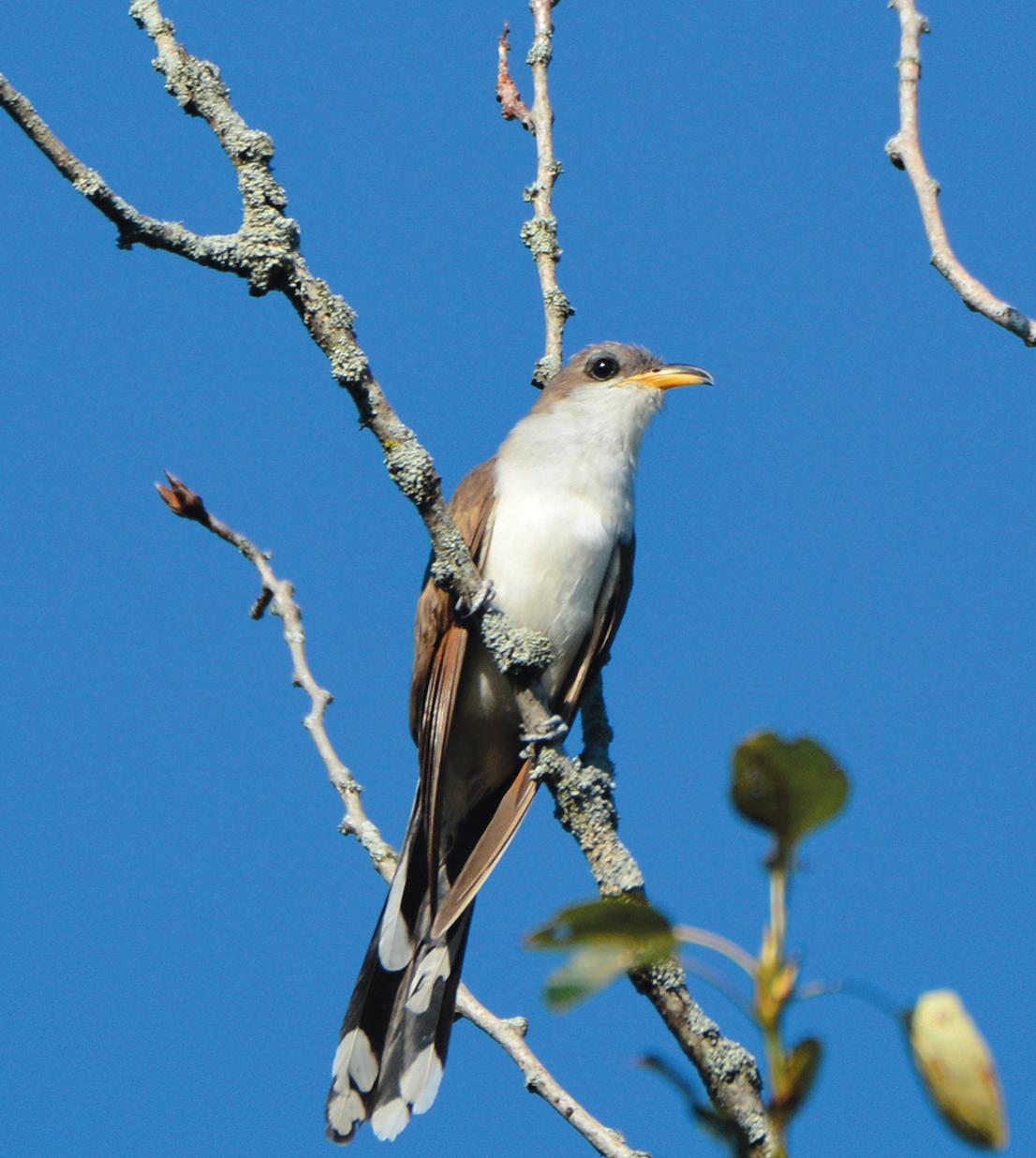
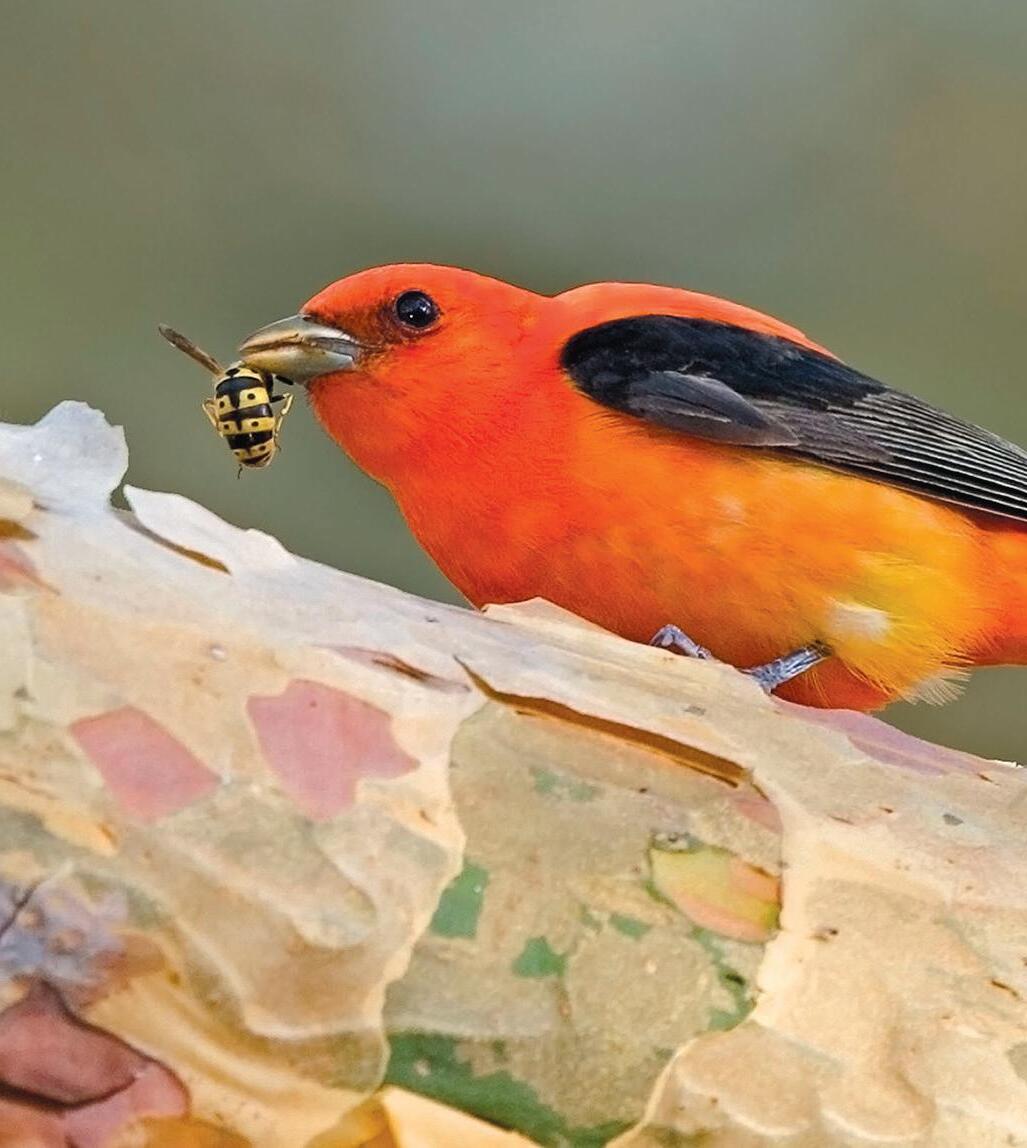
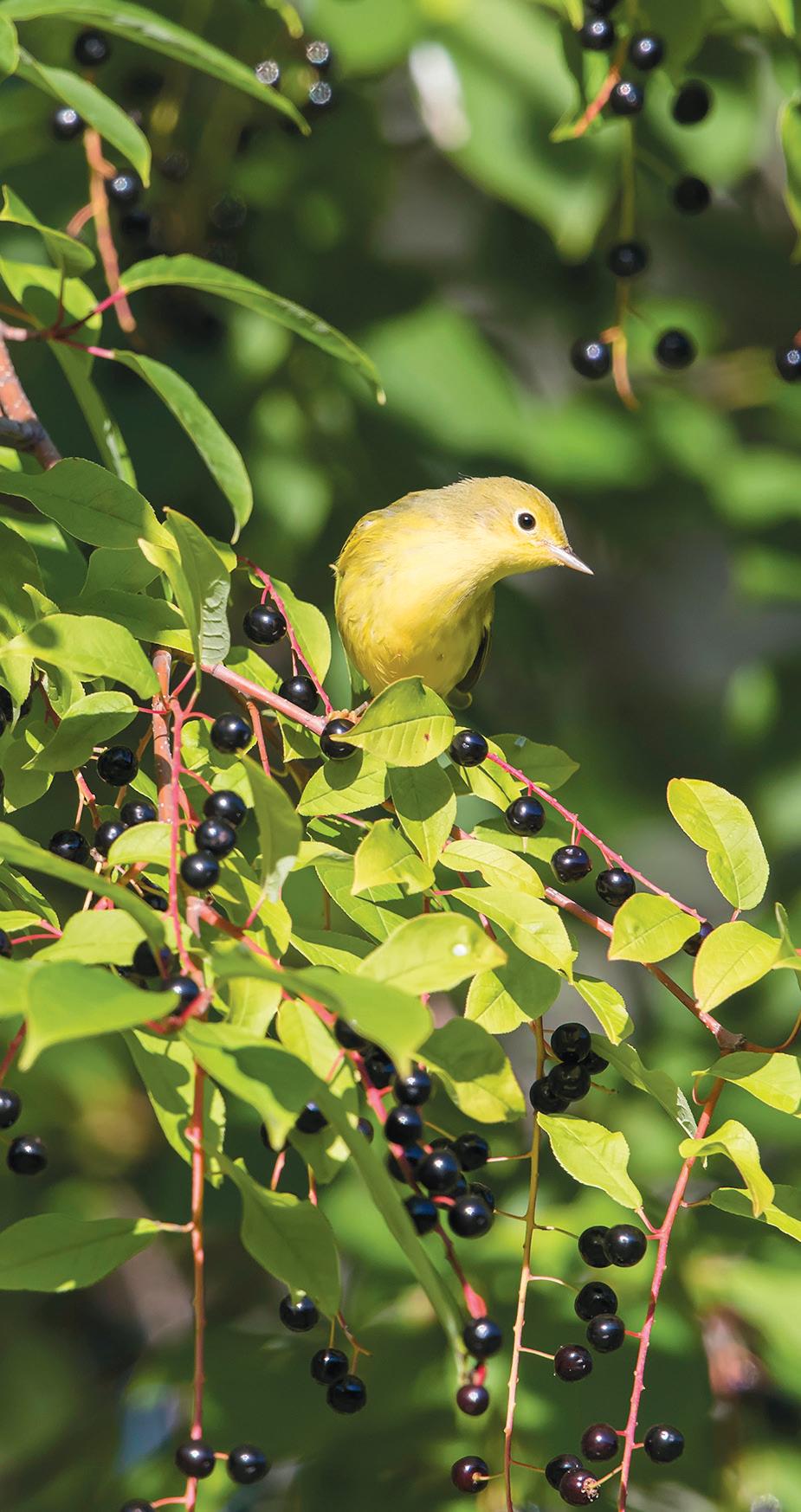
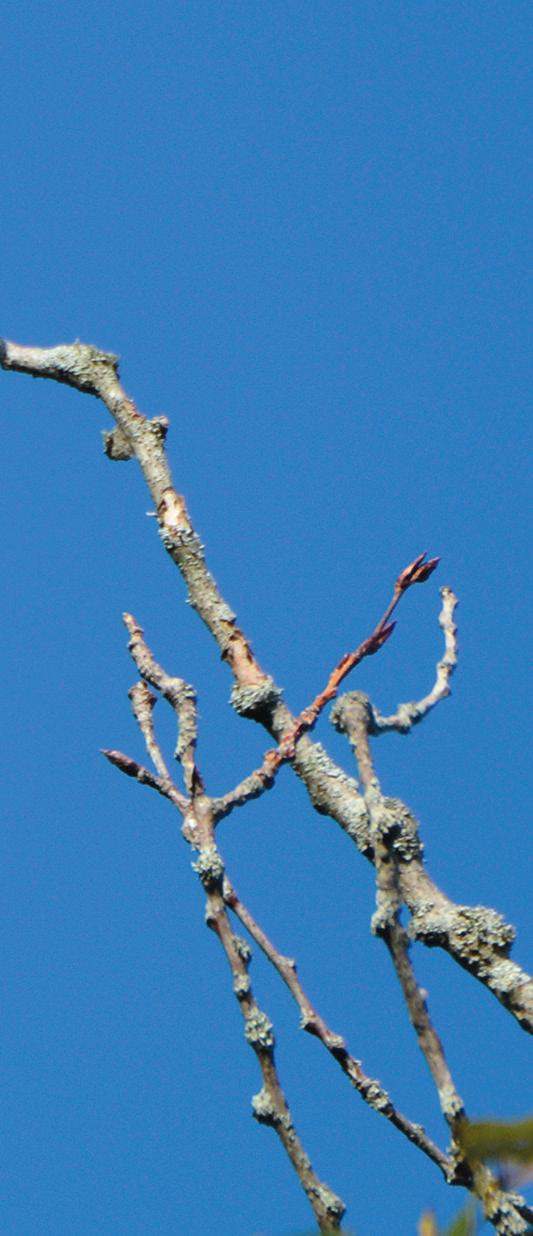
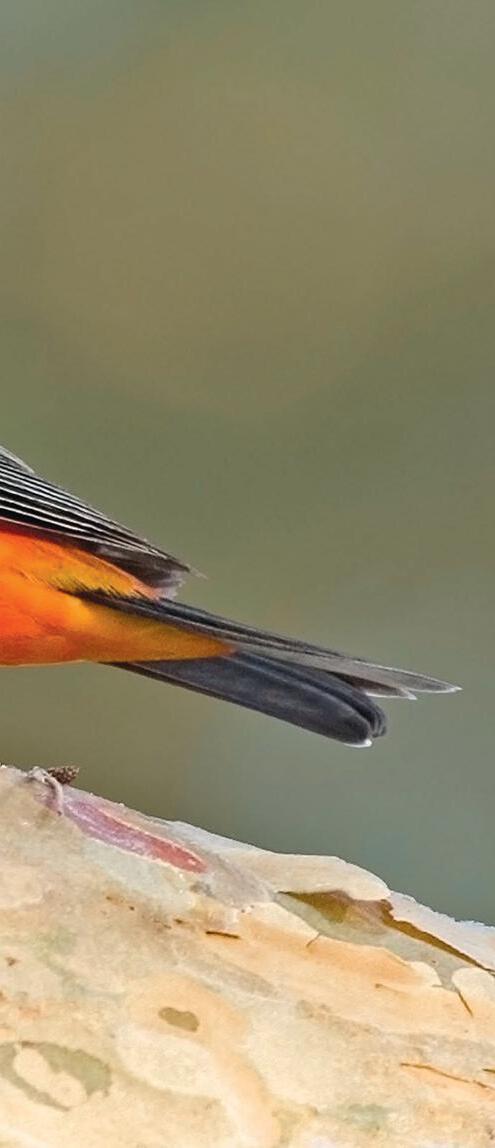

A LIFELINE FOR MIGRATORY BIRDS
Port Aransas has long been a sanctuary for migratory birds, drawing them in by the thousands each spring and fall as they make the grueling journey along the Central and Mississippi flyways.
Rae Mooney, nature preserve manager for the City of Port Aransas, says it’s a vital stopover.
“We’re a gas station for birds,” Mooney says. “After flying hundreds or even thousands of miles, they arrive here needing food, shelter, and a safe place to rest before they continue their migration.”
For these birds — ranging from brilliant painted buntings and ruby-throated hummingbirds to delicate warblers, tanagers, orioles, and the yellow-billed cuckoo — trees are everything. The oaks, willows, and native brush provide critical cover from predators and weather, along with berries and insects needed to refuel.
“Without trees, these birds simply can’t survive the journey,” Mooney says.
When Hurricane Harvey struck Port Aransas in 2017, the destruction was immediately obvious to residents. Less visible, but just as devastating, was the storm’s impact on the avian visitors. Harvey ripped the canopy apart, uprooting mature oaks and stripping branches bare.
“We lost almost all of our habitat overnight,” Mooney says. “That first migration after the storm, birds arrived to find their refuge gone. Many just kept flying, but some didn’t make it.”
Restoring the ecosystem for migratory birds has become a community-wide mission, and it called on the Arbor Day Foundation for support. Mooney and her team, with help from volunteers, have worked tirelessly to replant native trees at places like Paradise Pond and throughout the city.
Each new sapling represents hope not just for the landscape, but for the birds whose lives depend on it.
“Every tree we plant is a step toward making Port Aransas a vital lifeline again,” Mooney says.
The results are slowly taking root. With each passing year, the canopy grows thicker, and the flocks return in greater numbers. Warblers flash through the branches, buntings sing from the new growth, and the air fills with the energy of longdistance travelers pausing to rest.
For Mooney, the work is about more than just aesthetics. It’s about ensuring Port Aransas remains a haven for some of nature’s most remarkable voyagers — restoring the green corridors that make survival possible, one tree at a time.

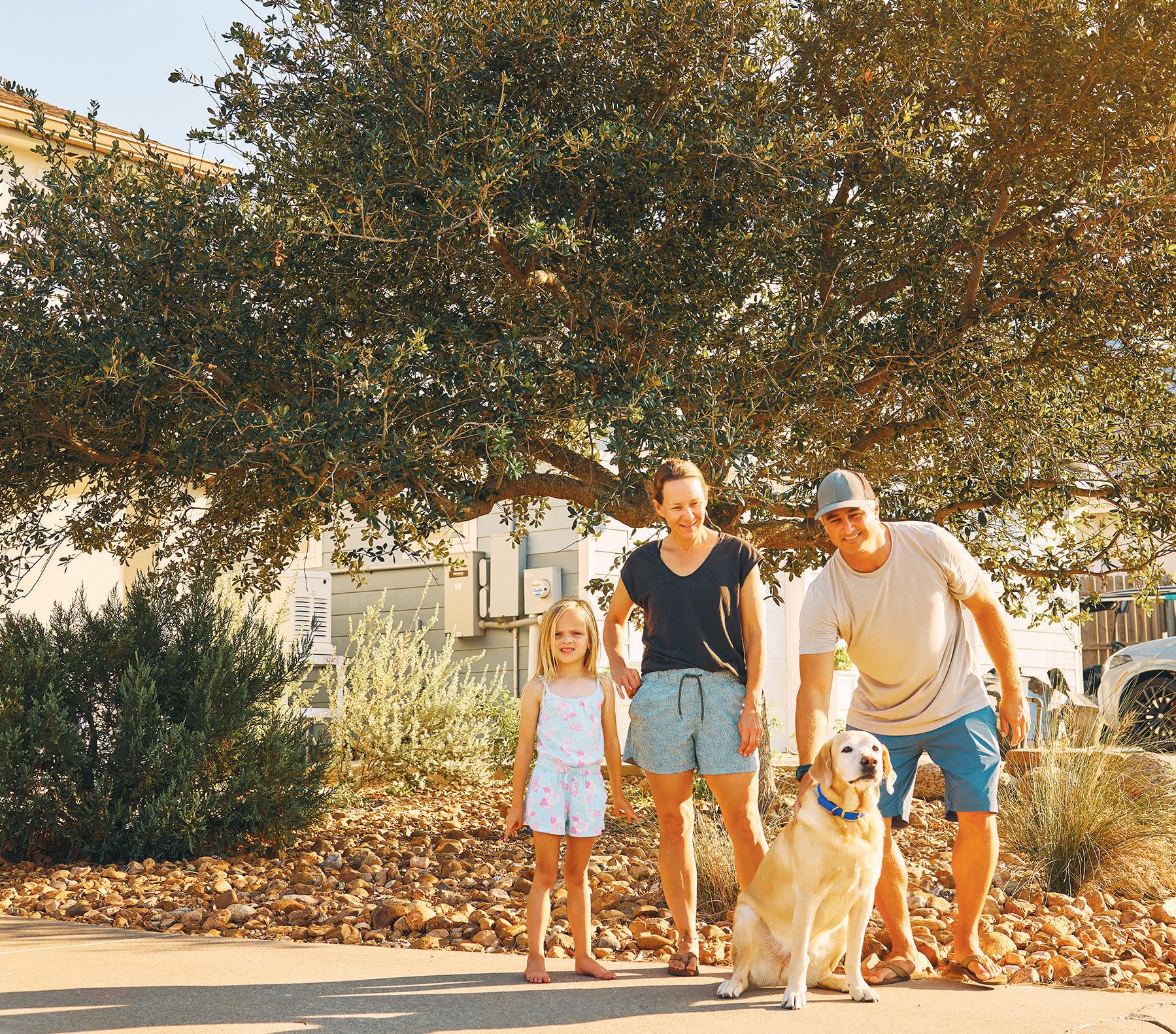
RESCUE AND RESILIENCE ON MATAGORDA ISLAND
Five weeks after Hurricane Harvey devastated Port Aransas, Texas, nature preserve manager Rae Mooney was assessing damage along a remote stretch of uninhabited shoreline on Matagorda Island. Amid the debris and destruction, something unexpected appeared — a yellow lab puppy, hiding behind storm wreckage.
“He was scared at first and had ticks and parasites in his stomach,” Mooney says. “But he was very grateful to see us, and it’s just amazing how he survived.”
Mooney took the puppy in, naming him Gordy after the island where he was found. Despite enduring weeks alone in the elements, Gordy was joyful and full of life. His survival is a symbol of hope — much like the trees being replanted across Port Aransas.
Years after Harvey and a subsequent freeze wiped out much of the region’s canopy, local residents are still rebuilding.
Through community tree giveaways, neighbors are restoring shade, habitat, and a sense of normalcy.
Gordy, now a beloved part of the Mooney family, joined the crowd at the latest tree giveaway where 400 native Texas trees were distributed throughout this close-knit community. The giveaway events are a great way for residents to reconnect, meet new people, and heal together.
“We want everyone to get out of their vehicles and visit with each other,” Mooney says. “And talk to us about what kind of tree they’re getting and how to plant it.”
As this community continues rebuilding, they can look to Gordy’s story — like so many on the coast — as a reminder that resilience takes root in the unlikeliest places.
